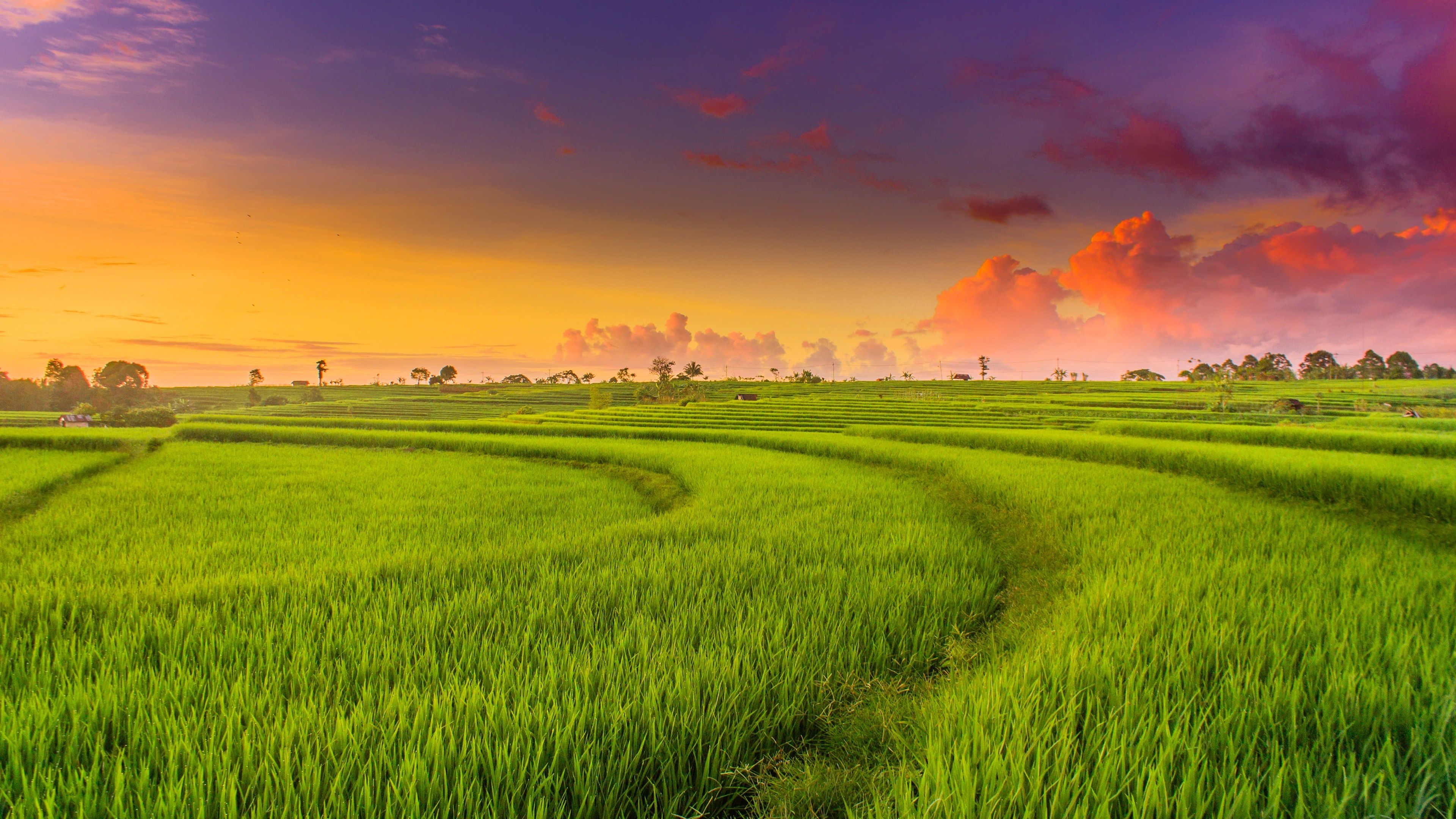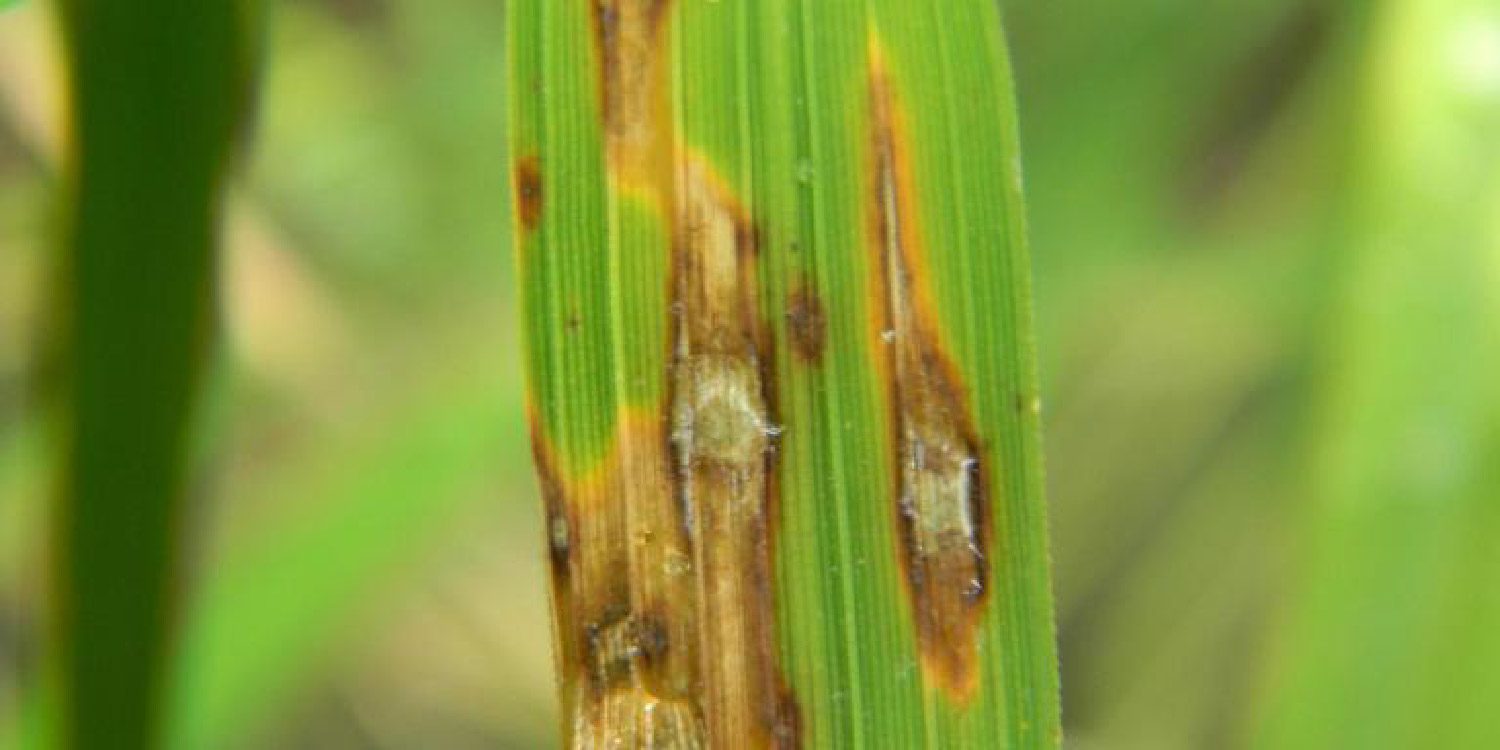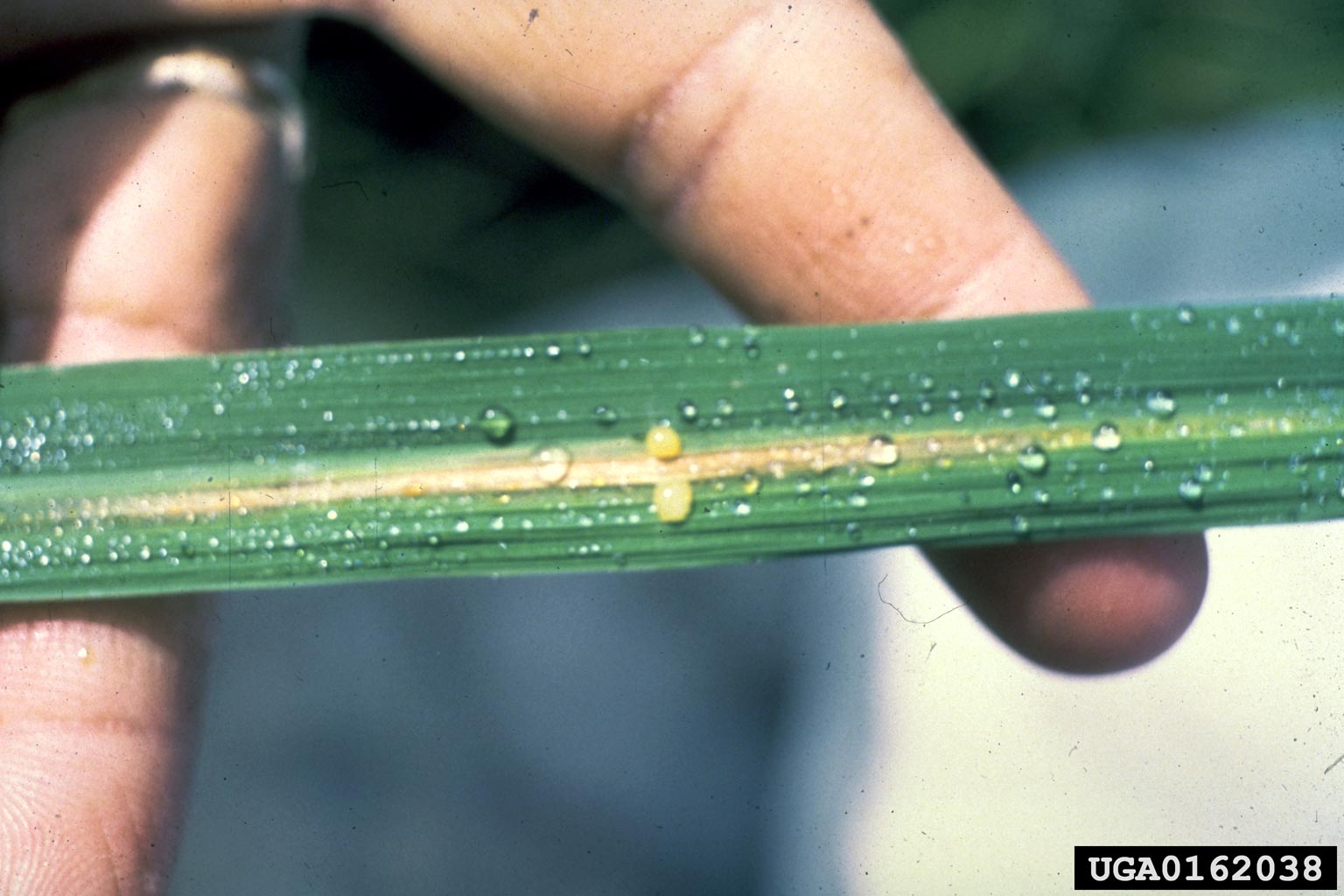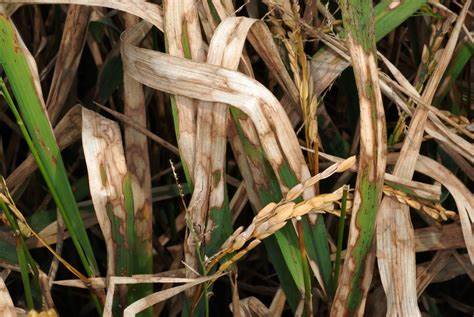


Kingdom: Plantae
Order: Poales
Family: Poaceae
Genus: Oryza
Species: O. sativa
ABOUT RICE
Oryza Sativa, it is believed, is associated with wet, humid climate, though it is not a tropical plant. It is probably a descendent of wild grass that was most likely cultivated in the foothills of the far Eastern Himalayas. Another school of thought believes that the rice plant may have originated in southern India, then spread to the north of the country and then onwards to China. It then arrived in Korea, the Philippines (about 2000 B. C.) and then Japan and Indonesia (about 1000 B. C.).
The journey of rice around the world has been slow, but once it took root it stayed and became a major agriculture and economic product for the people. In the Indian subcontinent more than a quarter of the cultivated land is given to rice (20011-12). It is a very essential part of the daily meal in the southern and eastern parts of India. In the northern and central parts of the subcontinent, where wheat is frequently eaten, rice holds its own and is cooked daily as well as on festivals and special occasions.
India is an important centre of rice cultivation. The rice is cultivated on the largest areas in India. Historians believe that while the indica variety of rice was first domesticated in the area covering the foothills of the Eastern Himalayas (i.e. north-eastern India), stretching through Burma, Thailand, Laos, Vietnam and Southern China, the japonica variety was domesticated from wild rice in southern China which was introduced to India. Perennial wild rice still grow in Assam and Nepal. It seems to have appeared around 1400 BC in southern India after its domestication in the northern plains. It then spread to all the fertile alluvial plains watered by rivers. Some says that the word rice is derived from the Tamil word arisi.


